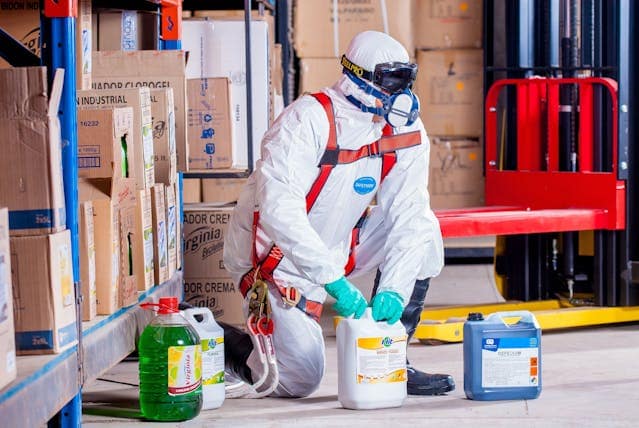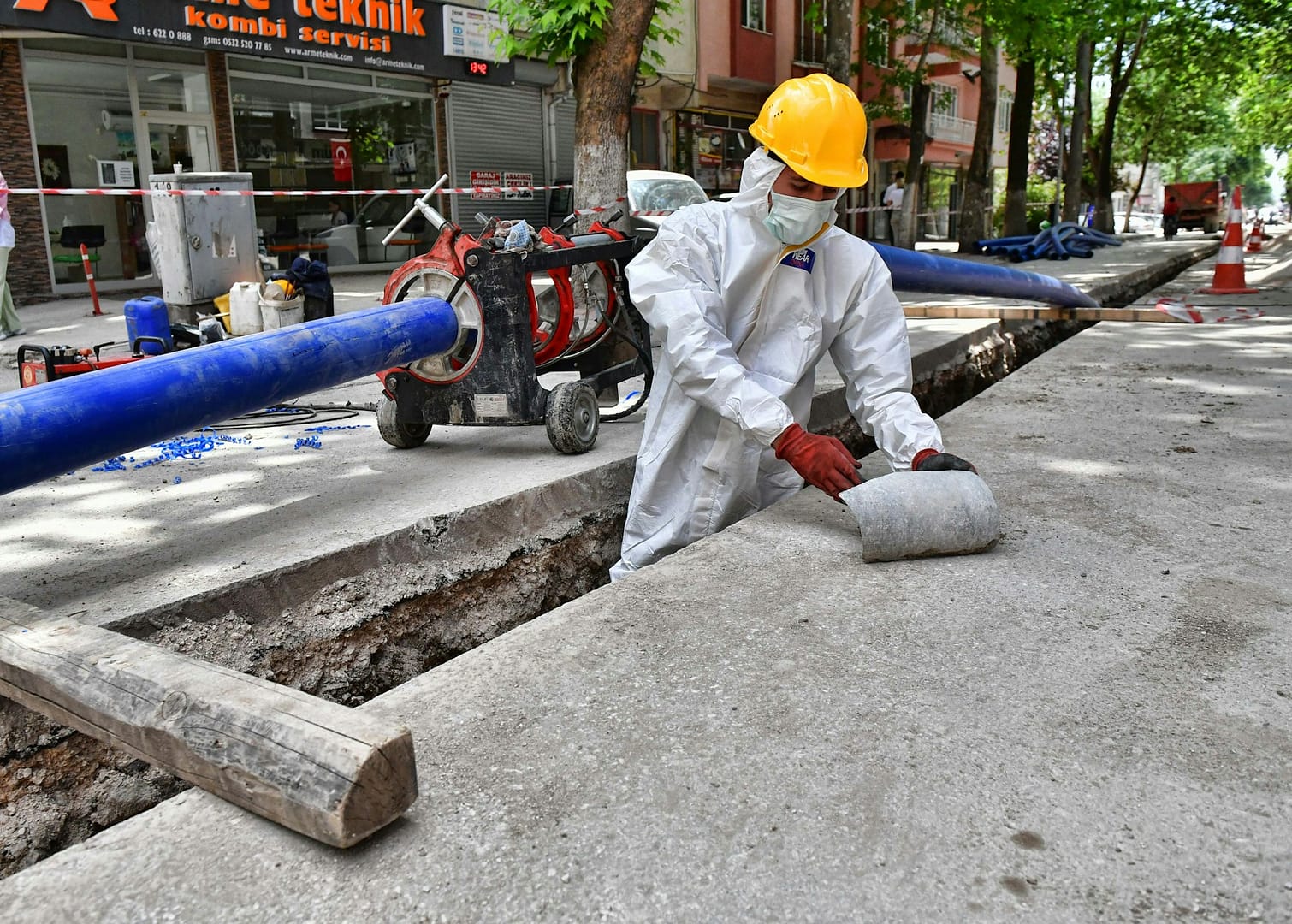Asbestos removal is a critical process that requires careful planning to ensure the safety of your household. If your home was built before the 1980s, there’s a chance it may contain asbestos in materials such as insulation, flooring, or ceiling tiles. When disturbed, asbestos fibers can become airborne, posing serious health risks. Asbestos Removal Disposal services are also accessible to the internet. Nonetheless, it is advisable to make your home ready for the removal process. Preparing your home correctly before asbestos removal begins can help minimize exposure and ensure a smooth operation. Below are a few things you can do to get ready.
Hire a Certified Asbestos Removal Team
Before starting the process, find a certified asbestos abatement company. Professionals have the necessary equipment, knowledge, and protective gear to manage and deal with hazardous materials safely. Attempting to remove asbestos on your own can be dangerous and may violate local regulations. Checking for proper licensing and insurance ensures you’re working with a reputable company that follows safety protocols.


Clear the Work Area
To facilitate safe and efficient removal, clear the affected areas of furniture, rugs, curtains, and personal belongings. Removing items prevents contamination and allows workers to perform their job without obstructions. In cases where furniture cannot be moved, covering it with plastic sheets can help protect it from asbestos dust. The goal is to create a workspace that minimizes unnecessary exposure and makes cleanup easier.
Seal Off the Area
Asbestos removal specialists will typically seal off the area to prevent fibers from spreading to other parts of the home. However, as a homeowner, you can assist by restricting access to the space before work begins. Closing doors and windows, as well as turning off heating and cooling systems, can help contain the affected environment. Family members and pets should be relocated to another section of the home or, ideally, another location during the process.
Notify Neighbors and Follow Regulations
If the removal is extensive, it’s courteous to inform neighbors in advance. This is especially important in shared buildings or close residential areas where asbestos exposure could affect others. Some locations also require notification to local environmental agencies before removal begins. Checking your area’s specific regulations ensures compliance with safety laws and proper disposal procedures.
Plan for Post-Removal Cleaning and Inspection
After the asbestos is removed, a thorough cleaning process follows. Professionals use specialized vacuums and filtration systems to eliminate any remaining fibers. Scheduling an air quality test after the removal ensures that no asbestos particles remain in your home. Only after receiving clearance from experts should you begin moving furniture back and resuming normal activities.
Conclusion
Proper preparation is essential when dealing with asbestos removal. Hiring certified professionals, clearing the workspace, sealing off affected areas, and following safety guidelines help ensure a safe and efficient process. Taking these precautions protects your household from potential exposure and guarantees the removal is completed according to industry standards.








Comments are closed.